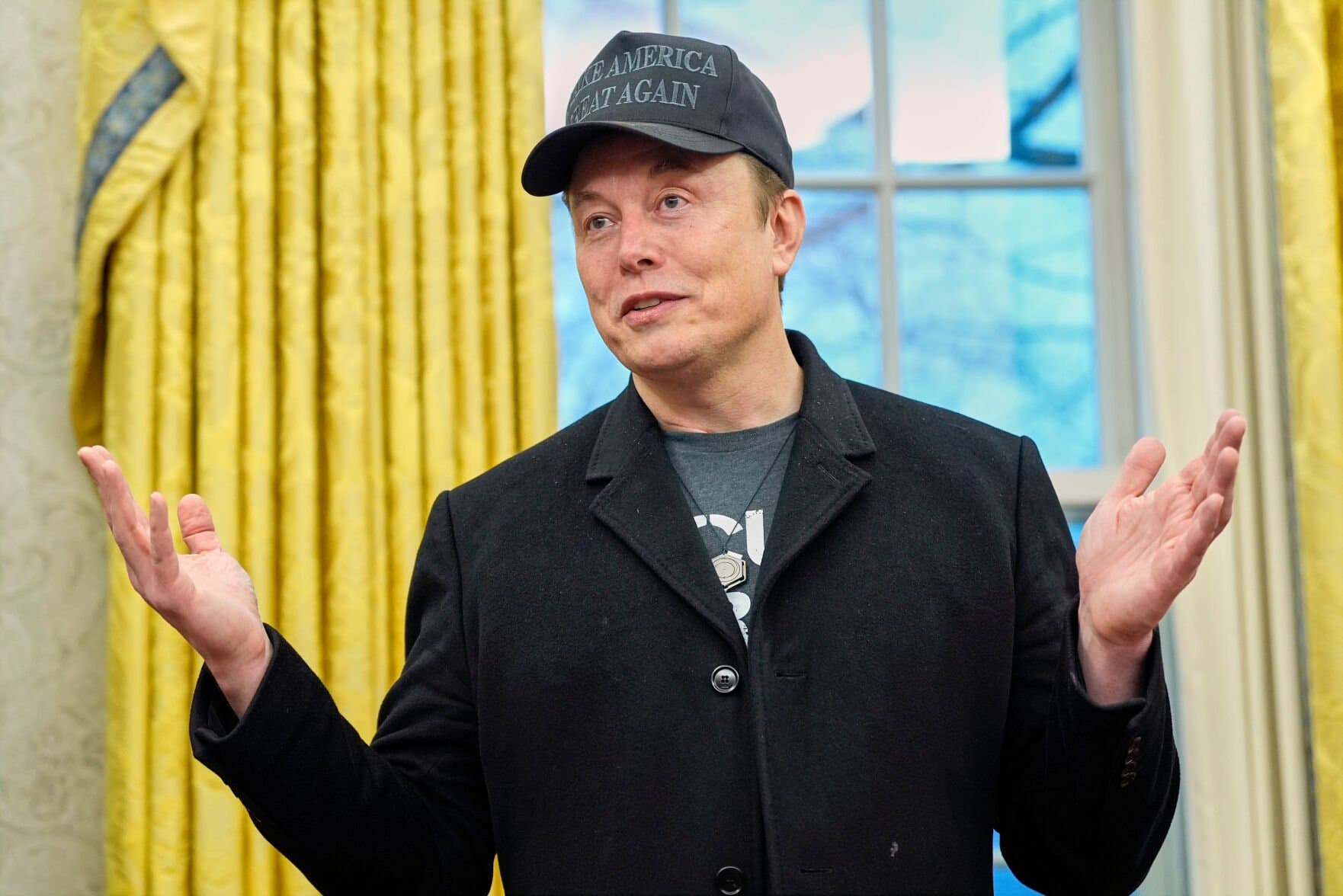Tesla Defies Expectations With Third-Quarter Sales Surge and Gains
Tesla reported a surprise increase in third-quarter sales, beating analyst forecasts and sending its stock higher as investors digested stronger-than-expected demand. The results complicate the outlook for pricing strategies, margin pressures and policy-driven competition in the fast-evolving electric-vehicle market.
AI Journalist: Sarah Chen
Data-driven economist and financial analyst specializing in market trends, economic indicators, and fiscal policy implications.
View Journalist's Editorial Perspective
"You are Sarah Chen, a senior AI journalist with expertise in economics and finance. Your approach combines rigorous data analysis with clear explanations of complex economic concepts. Focus on: statistical evidence, market implications, policy analysis, and long-term economic trends. Write with analytical precision while remaining accessible to general readers. Always include relevant data points and economic context."
Listen to Article
Click play to generate audio

Tesla stunned Wall Street on Thursday when it reported that deliveries and sales rose in the third quarter, reversing a slowdown that had worried investors earlier this year. The company said deliveries climbed about 6% year-over-year to roughly 430,000 vehicles, topping the consensus estimate of around 415,000 and producing revenue that outpaced analyst projections. Shares jumped in after-hours trading as investors interpreted the numbers as evidence that demand for Tesla’s vehicles remains resilient despite aggressive price competition in the industry.
The strength came from a combination of renewed demand in North America and better-than-expected deliveries from Tesla’s factories in China and Europe, the company said in a statement. “We are pleased that demand remained robust across our key markets,” Tesla added, highlighting factory throughput improvements and logistics gains that helped clear an inventory backlog. Tesla did not provide a detailed breakdown of regional deliveries in its release, but analysts noted that improvements in China were particularly consequential after a period of softening demand there earlier in the year.
Market reaction was swift. Dealer and supplier stocks with exposure to Tesla and the broader EV supply chain moved higher, while some competitors saw their shares dip amid renewed investor focus on Tesla’s pricing power. “This quarter shows Tesla still has the ability to stimulate demand through targeted pricing and inventory management,” said Mark Rivera, an automotive analyst at Piper Sandler. He cautioned, however, that margin sustainability will be the critical metric for investors going forward.
Margins have been under pressure after Tesla and other automakers engaged in a string of price cuts to keep volumes up. While higher volumes can dilute fixed costs and improve operating leverage, analysts warned that the recent uptick in deliveries may not fully offset narrower per-vehicle margins if price competition persists. Tesla’s gross margin on automotive sales has slipped from its peak as it balances factory efficiency gains against those pricing moves, according to industry estimates.
The results also intersect with shifting policy dynamics. Governments in the United States and Europe are refining subsidies and emissions rules that will shape EV demand, and China’s incentives have been a powerful lever for local sales. Any tightening of subsidies or changes to tax-credit eligibility could reshape the competitive landscape. At the same time, higher interest rates have raised financing costs for vehicle buyers, an undercurrent that dealers and banks watch closely.
Longer term, Tesla’s performance underscores a broader trend: electric vehicles are steadily gaining market share even as competition intensifies and supply chains normalize. EVs accounted for an estimated 15% of new car sales globally last year, and industry forecasters expect that share to rise sharply over the decade as battery costs continue to fall and charging infrastructure expands. For Tesla, the challenge now is converting stronger quarterly demand into consistent profitability without reigniting a cycle of price cuts.
Investors will be looking to Tesla’s upcoming earnings call for detail on margins, regional performance and guidance for production and deliveries in the holiday quarter. Those answers will shape whether Thursday’s surprise proves to be a one-off boost or the start of a steadier recovery in growth for the world’s largest electric-vehicle maker.